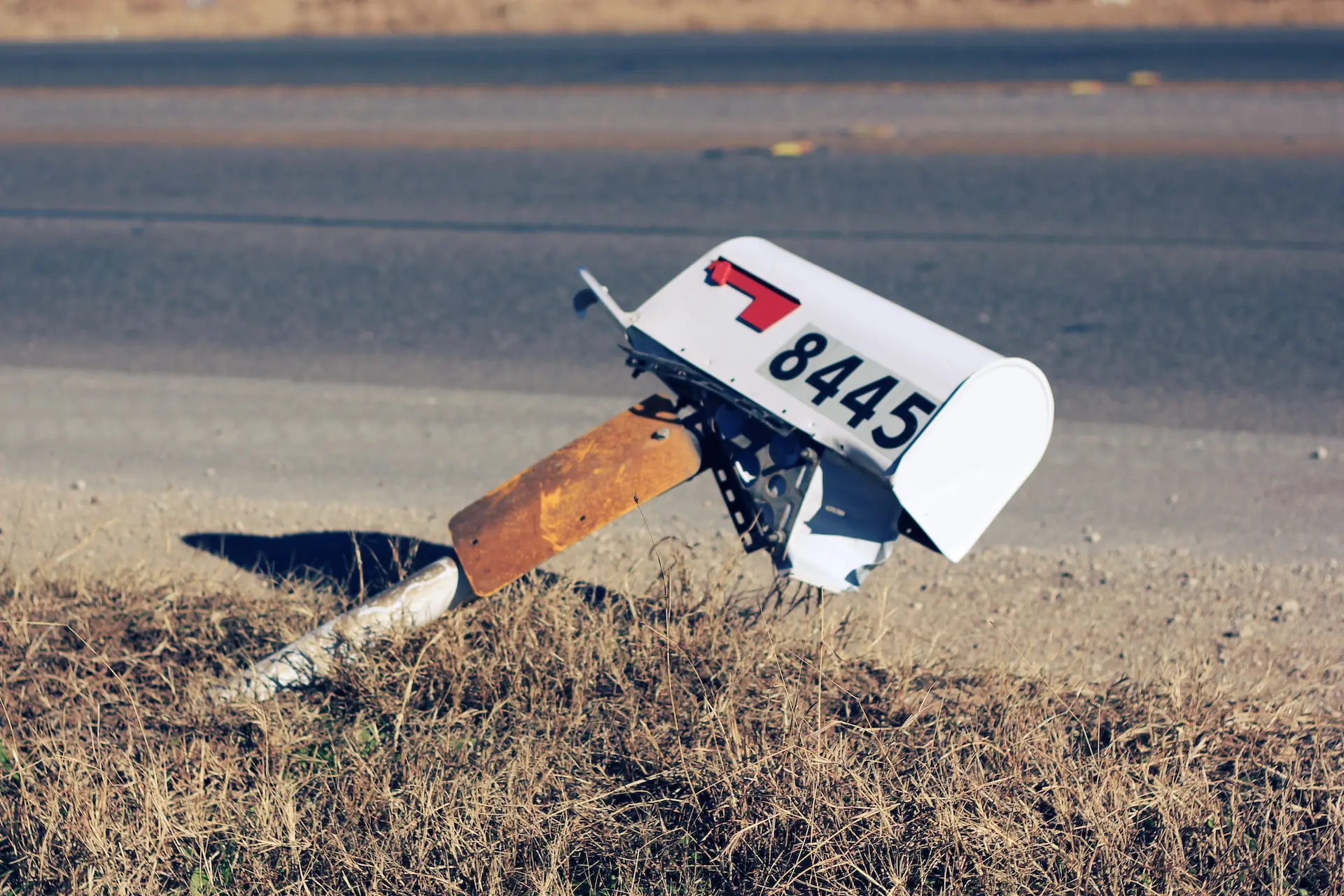
What Does Criminal Damage Mean in Arizona?
Some people assume that graffiti is no big deal, especially if it can easily be removed. But graffiti is a form of criminal damage, and in Arizona it’s a serious crime. Damaging another person’s property can result in various consequences, such as fines, a criminal record, and even prison time. Here’s what you need to know about criminal damage in Arizona, so you can understand your rights and the penalties that come with a conviction.
How Is Criminal Damage Defined in Arizona?
Criminal damage is an extremely common crime. In 2021, 17.2% of all arrests for crimes against property in Scottsdale were for the destruction, damage, or vandalism of property.
Examples of criminal damage to property include spray painting a building, destroying Halloween decorations, smashing mailboxes, or keying someone’s car.
According to Arizona Revised Statute (ARS) 13-1602, the following reckless actions are considered criminal damage:
- Defacing or damaging another person’s property
- Tampering with someone’s property in a way that impairs its function or value
- Tampering with property belonging to a utility company
- Damaging utility company property
- Defacing public or private property (except the ground) without permission by drawing or writing on it
- Parking a vehicle in a way that deprives livestock of access to their only water source
But what exactly does “reckless” damage mean? ARS 13-105 defines recklessness as a situation where someone “is aware of and consciously disregards a substantial and unjustifiable risk.” Essentially, this means that the person acts without considering or caring about the consequences of their actions.
What Is Aggravated Criminal Damage?
Depending on the circumstances, damaging someone’s property can actually be considered an aggravated offense. If so, it may come with harsher penalties than a normal criminal damage charge.
You could be charged with aggravated criminal damage if you recklessly or intentionally damage, deface, or tamper with the following types of property:
- Personal property, buildings, and structures that are used for worship or religious purposes
- Buildings, structures, and other places being used as an educational facility or school
- Cemeteries, mortuaries, or the personal property of a cemetery, mortuary, or other facility used for burial purposes or for memorializing a death
- Any utility or agricultural property, infrastructure, construction site, or existing structure used for obtaining nonferrous metals
What Are the Penalties for Criminal Damage in Arizona?
Depending on the extent of the damage and the costs associated with cleaning and repairing the property, criminal damage can be a misdemeanor or a felony charge. The cost of the damage can include labor, equipment, and materials, which can be quite expensive.
Criminal Damage Classifications
- Class 2 misdemeanor if the damage amounts to less than $250. This could earn you up to four months in jail.
- Class 1 misdemeanor if the damage totals $250 to $1,000. You could face up to one year in jail.
- Class 6 felony if the damage equals between $1,000 and $2,000. This is punishable by up to two years of prison time.
- Class 5 felony if the value of the damage is $2,000 to $10,000. The maximum prison sentence is 2.5 years.
- Class 4 felony if the damage adds up to $10,000 or more. This may earn you up to four years of prison time.
The penalties for aggravated criminal damage are as follows:
- Class 6 felony for damage valued at less than $5,000 (or class 5 if the damage is to utility property)
- Class 5 felony for damage amounting to between $5,000 and $10,000 (or class 4 for utility property damage)
- Class 4 felony for damage totaling $10,000 or more (or class 3 when utility property is damaged)
Criminal Defense Attorney in Scottsdale
If you’ve been wrongly accused of criminal damage, you’ll need an experienced attorney to help you build a strong defense. The expert Van Norman Law team has over 30 years of experience in defending Arizona criminal cases. Call us at 480-481-0616 today to schedule a free consultation.
Images used under creative commons license – commercial use (2/9/2023). Photo by Raúl Nájera on Unsplash



